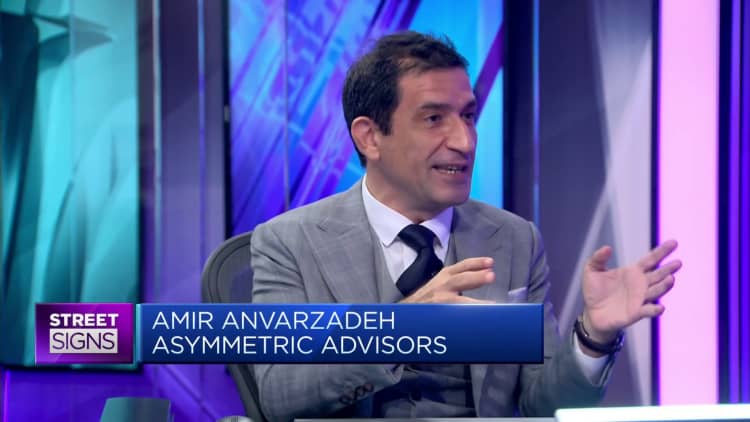Bank of Japan may exit its negative rate policy next week. Here’s what you need to know


Japan bar chart graph with ups and downs, increasing values, concept of economic recovery and business improving, businesses reopen, politics concept with flag
Elif Bayraktar | Istock | Getty Images
Speculation is swirling that the Bank of Japan may move to exit the world’s last negative rate policy as early as next week, when policymakers gather for their March meeting.
To be clear, most analysts expect Japan’s first rate hike since 2007 to take place in April after policymakers have more evidence of a meaningful wage increase following the “shunto” annual spring negotiations between unions and employers later this week.
“We continue to expect that the BOJ will terminate NIRP in April,” Goldman Sachs economists led by Tomohiro Ota wrote in a Tuesday note, referring to the negative interest rate policy. “While a March rate hike cannot be ruled out, we believe that the BOJ’s communications at this juncture are not clear enough to justify assuming the March hike as the base case scenario.”
“By postponing the rate hike decision just for a month, the BOJ can collect more data, can obtain an opportunity to explain their views behind the major policy change through the quarterly Economic Outlook report, and can avoid a rate hike just before fiscal year end when many financial institutions close their books,” they added.
While BOJ Governor Kazuo Ueda meets with his other eight board members eight times a year, the central bank
“Whether the BOJ mentions the future path in the policy statement in a bid to limit excessive rate hike expectations and accompanying risk of interest rate rises, or whether it will only use ambiguous language in order to prioritize flexibility in policy to address inflation risks in the future will be important to gauge the order of the BOJ’s monetary policy priorities,” they added.
Reuters reported that if the BOJ exits negative rates, it will also likely abandon the yield curve control policy that guides the 10-year Japanese government bond yield at around 0% with a cap at 1%.
In its place, the Japanese central bank will likely offer numerical guidance on how much government bonds it will purchase to avoid causing market disruption, Reuters reported, citing sources familiar with the matter.









